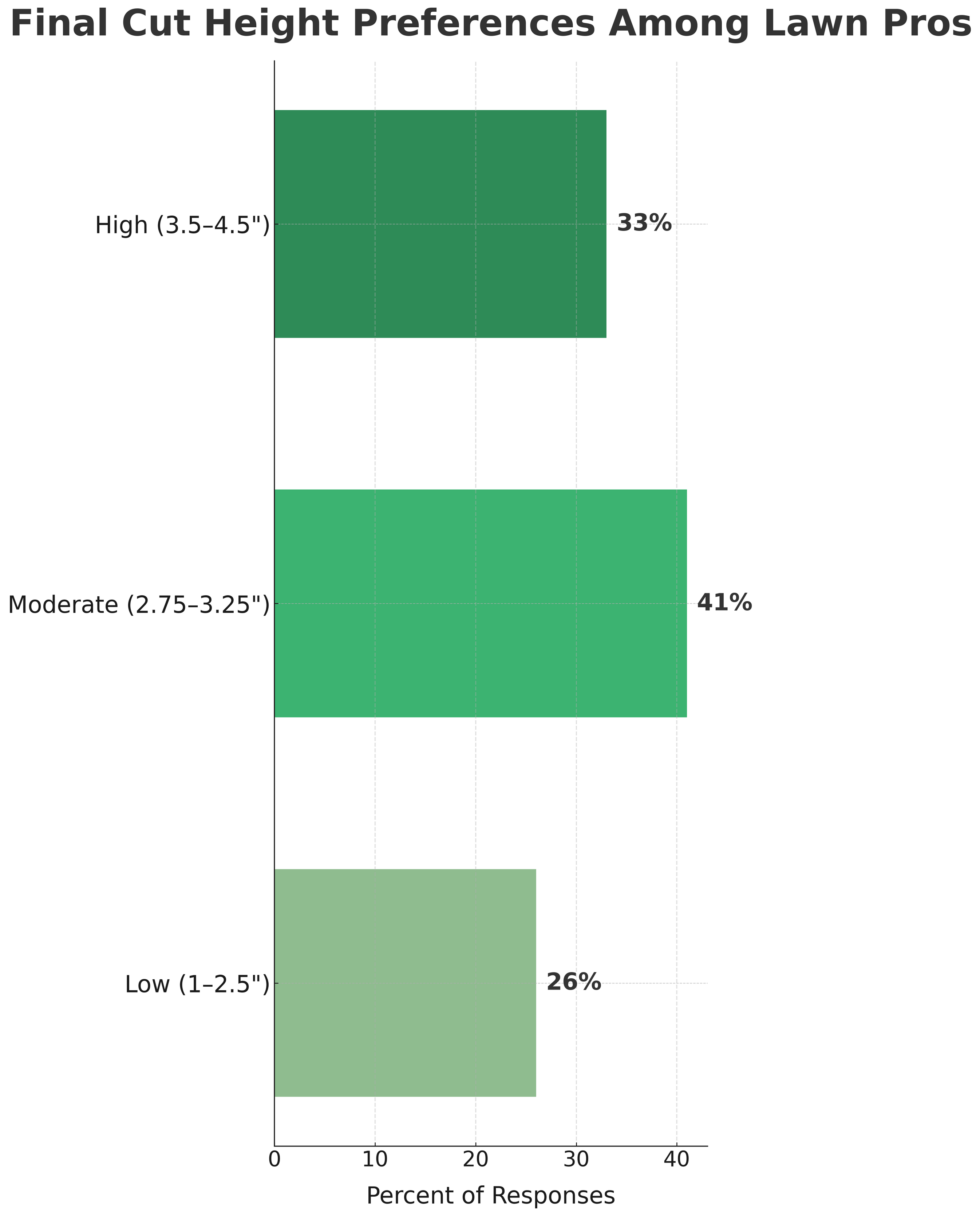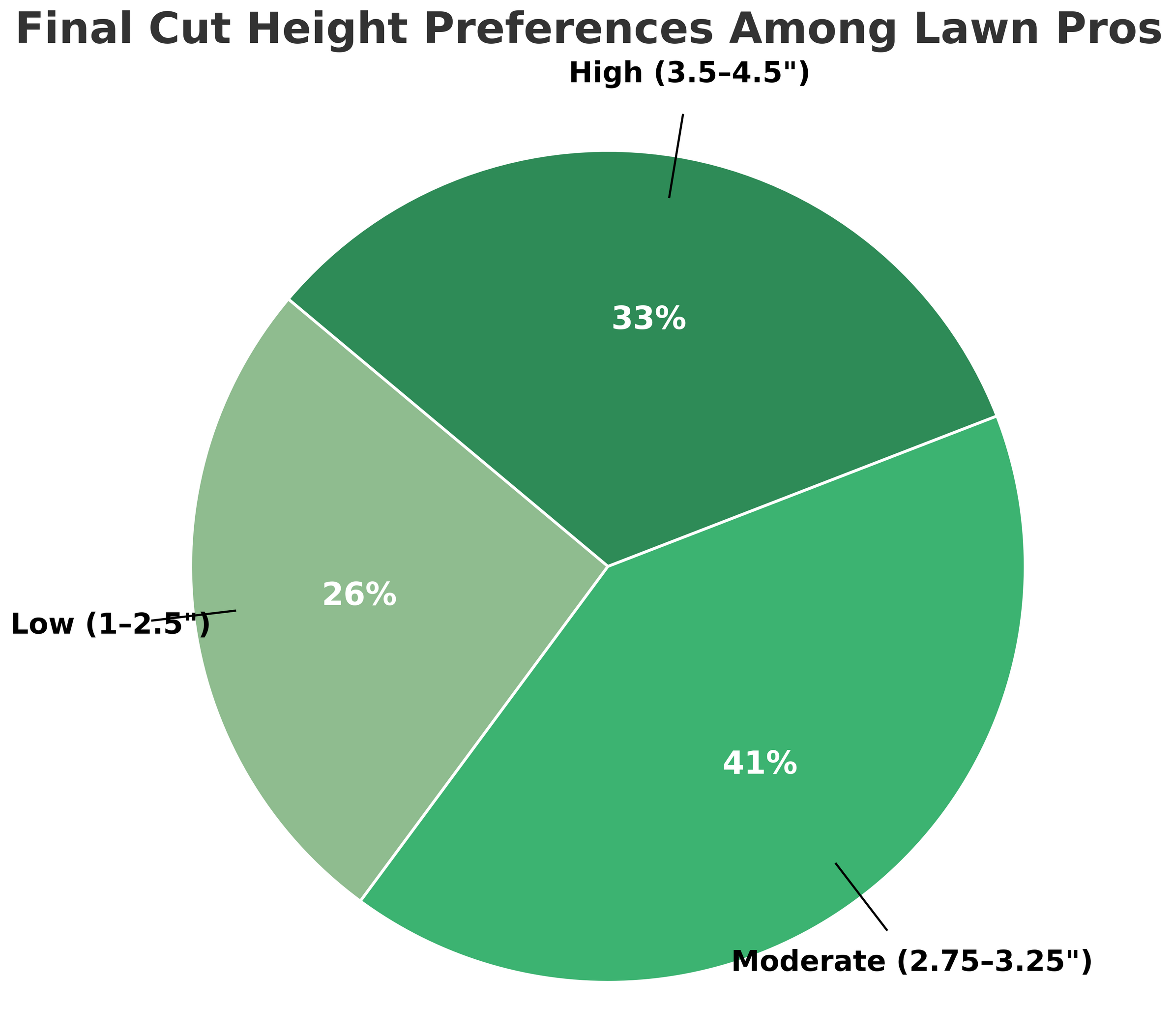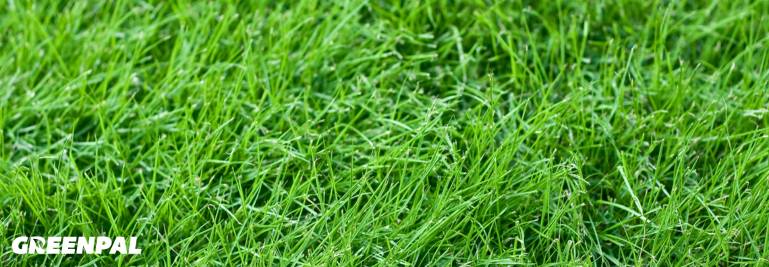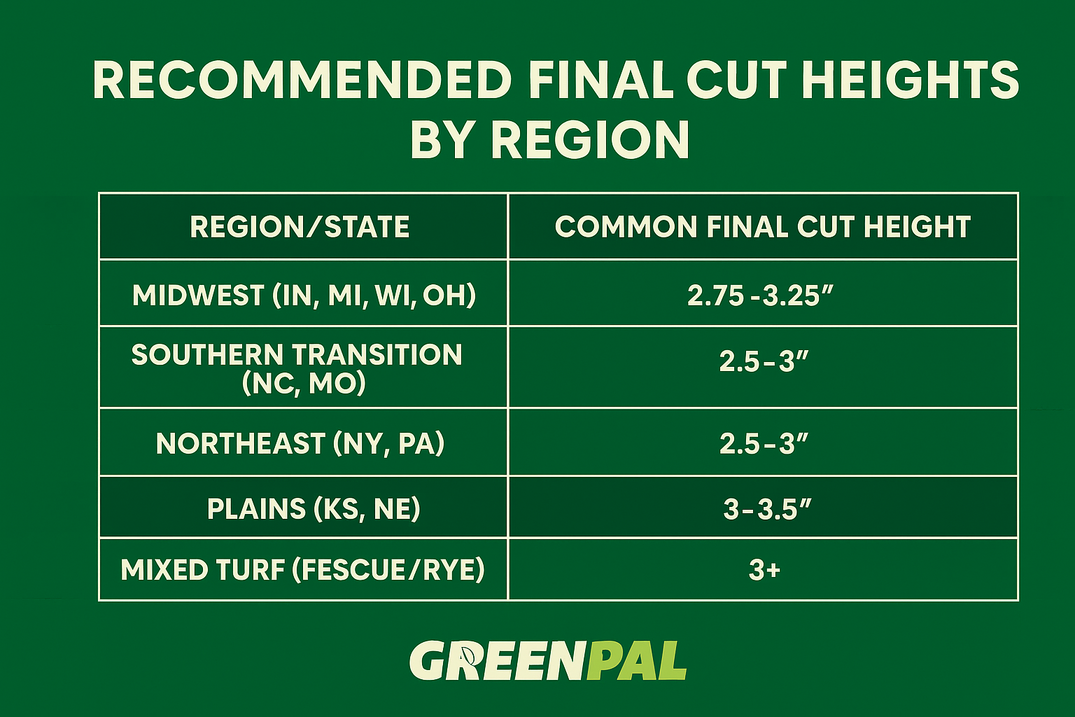Best Mowing Height for the Final Cut Before Frost: What Lawn Pros Recommend
When the first frost creeps into the forecast, every lawn pro starts hearing the same question: “What height should I mow at for the last cut of the season?”
The truth is, there’s no one-size-fits-all answer. But if you’ve been in this industry long enough, you know the final cut before winter is one of the most important decisions of the year. Get it right, and the lawn wakes up in spring healthy and green. Get it wrong, and you might be staring at snow mold, bare spots, or stressed turf when the thaw comes.
We pulled together feedback from lawn care professionals across the Midwest and beyond to see how the pros handle this last critical cut — and why.

Why the Last Cut Height Matters
When grass is left too tall going into winter, it bends under the weight of snow, traps moisture, and creates a breeding ground for snow mold and disease. Customers see patchy, matted lawns when spring rolls around.
On the flip side, cutting too short leaves turf vulnerable. Grass relies on stored energy in its crown and roots to survive the winter. If you scalp it too low, the lawn struggles to recover, and bare spots appear.
The key is finding the sweet spot short enough to avoid disease but tall enough to protect root systems.
What Lawn Care Pros Actually Do
Speak with ten lawn professionals, and you’ll likely receive ten different answers; however, most fall into three general approaches. Some go very short, some keep things tall, and many land somewhere in the middle. Each method has its logic, and it usually comes down to balancing snow mold prevention with turf protection.

Low Cuts (1.5–2.5”)
Some pros swear by dropping lawns down to the 2” mark, with a few even cutting as low as 1.75”. Their reasoning is simple: less grass height means less matting, and less matting means less snow mold. This approach is common in areas where disease pressure is high, or for customers who consistently deal with thick leaf piles that need to be blown clean before snow. The downside, of course, is the risk of scalping uneven lawns and leaving turf more vulnerable if winter turns harsh.
✅ Reduces snow mold and disease risk
✅ Keeps leaves and debris from matting under snow
❌ Higher chance of scalping or stressing turf
Moderate Cuts (2.75–3.25”)
The largest share of pros we reviewed landed here. In Michigan, Indiana, Wisconsin, and Ohio, many contractors finish the season between 2.75” and 3”. Pros say this is the balance point: short enough to keep snow mold at bay, tall enough to protect the grass crowns. Many also note that it makes spring startup easier less matted grass, quicker recovery, and customers who notice a greener lawn faster.
✅ Most balanced approach for Midwest climates
✅ Protects crowns while limiting disease pressure
❌ Still some snow mold risk in dense turf
Higher Cuts (3.5–4.5”)
Not every lawn pro believes in going short. A sizable number keep their fescue and bluegrass mixes tall all year, finishing the season closer to 3.5–4.25”. The idea is to give grass more insulation against harsh winters. However, the trade-off is real: taller grass traps more leaves and debris, and dense turf left long can still develop snow mold in the spring. For pros in regions with lighter snowfall or customers who prefer a lush look year-round, this method can still work.
✅ Provides insulation for grass crowns in winter
✅ Keeps lawns looking fuller heading into dormancy
❌ Can trap leaves and increase mold risk

Regional Differences and Grass Types
Where you work and what you’re mowing can change the strategy. The final cut isn’t just about personal preference — it’s shaped by climate, snowfall, and the turf varieties in your area. Pros who pay attention to these factors often find their lawns come back stronger in spring.
Midwest (Indiana, Michigan, Wisconsin, Ohio): Many contractors finish around 2.75–3.25 inches. The heavier snow load in these states makes shorter cuts safer for reducing mold and matting.
Southern transition zones (North Carolina, Missouri): Lawns often grow taller during the season, but many pros still drop to 2.5–3 inches for the final cut. This keeps grass manageable and limits disease risk.
Grass types: Dense rye, fescue, and bluegrass mixes can show snow mold even at 4 inches, while Kentucky bluegrass tolerates shorter cuts better. Tall fescue, on the other hand, tends to perform best when left on the higher side.

Pro Tips for the Last Cut
Beyond height, lawn pros shared a few practical tips for making the final mow count:
Lower the height gradually in October instead of dropping all at once.
Never scalp the lawn — damaged crowns won’t recover in spring.
Consider a fungicide treatment if snow mold has been a recurring issue for a customer.
Shorter grass makes leaf cleanup easier for both pros and homeowners.
The Bottom Line
There’s no magic number that works for every lawn, but the 2.75–3” range was the most common answer among pros we reviewed. Still, a significant group prefers higher cuts (3.5–4.5”), while others go much lower (2–2.5”) to reduce disease pressure. The safest bet for cold-weather states is somewhere between 2.5” and 3.25”, but the data shows there’s more than one “right” answer.
For lawn care professionals, these decisions are more than just a final mow they’re a way to show customers that you’re paying attention to the details that protect their lawns year-round. That’s the kind of service that keeps clients coming back. And if you want to put that expertise in front of more homeowners who value it, GreenPal makes it easier to stay busy through every season.




















